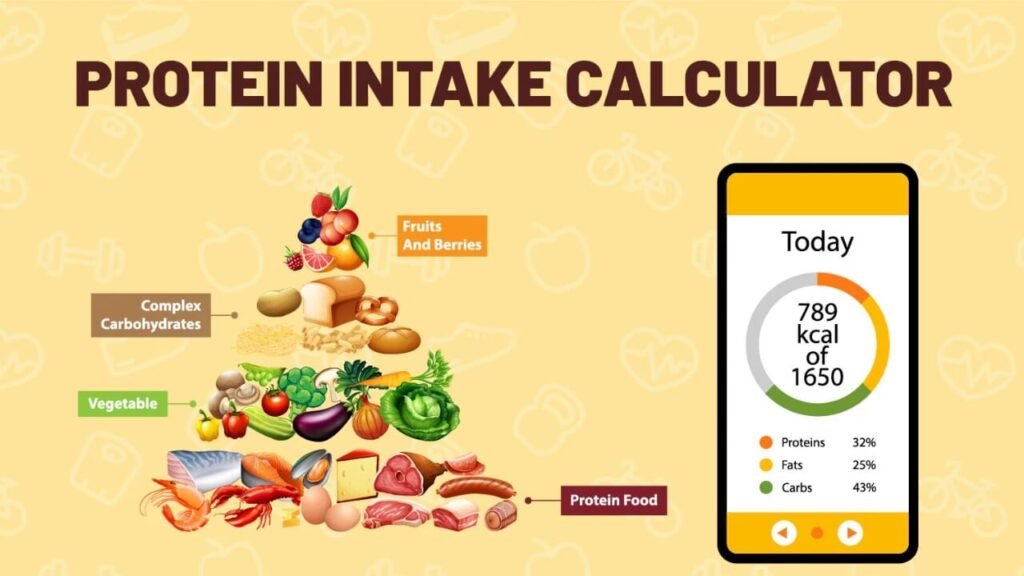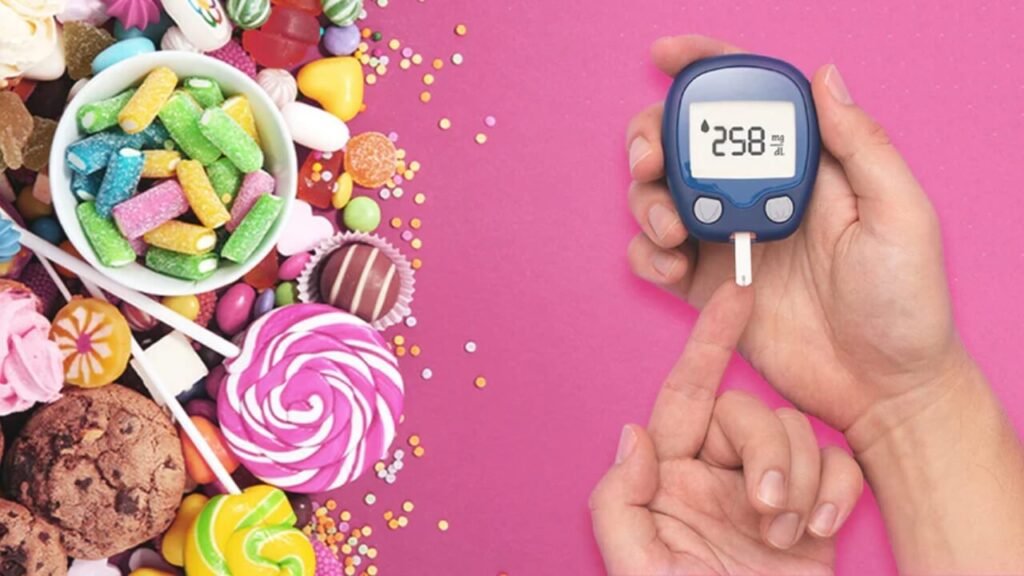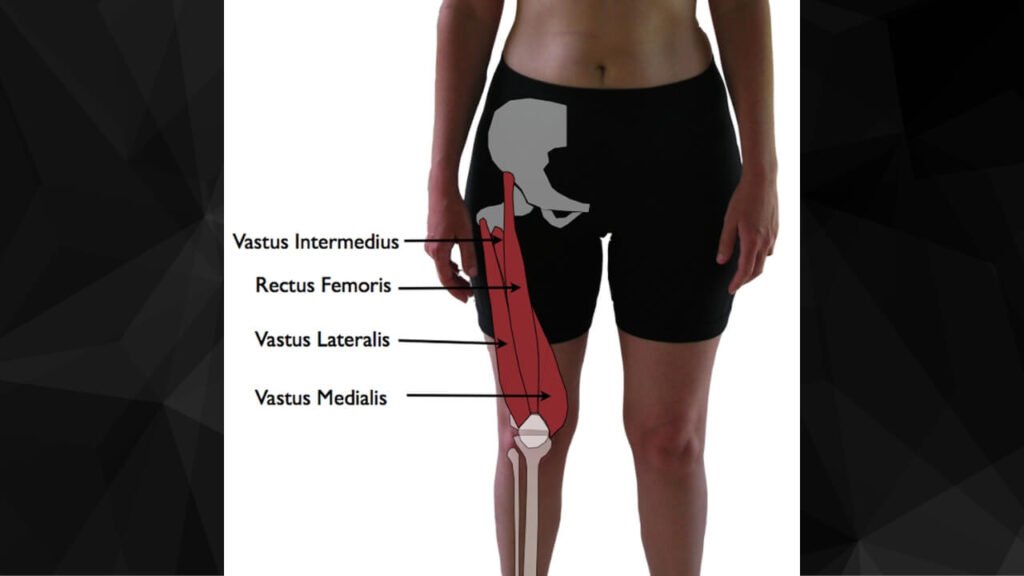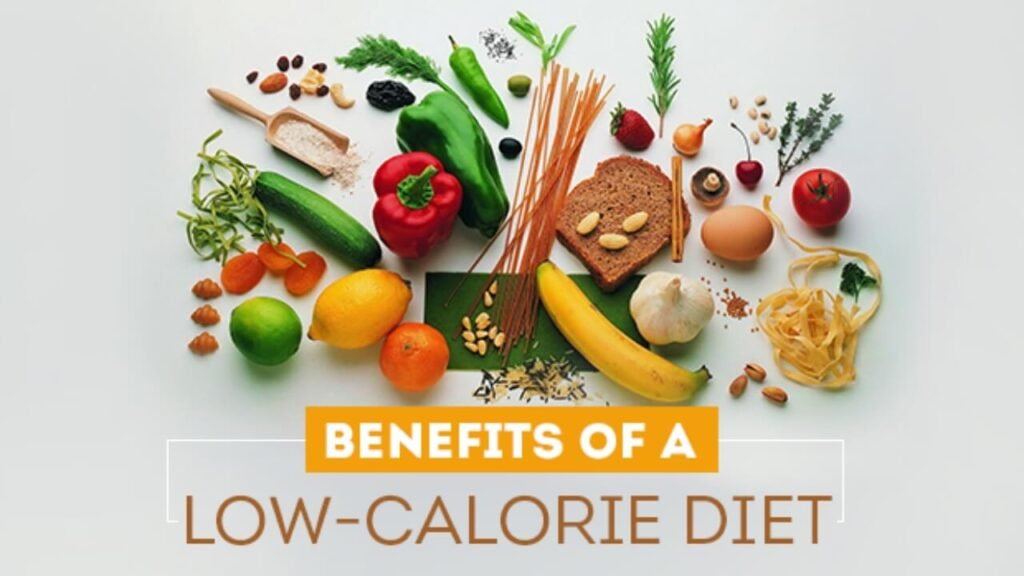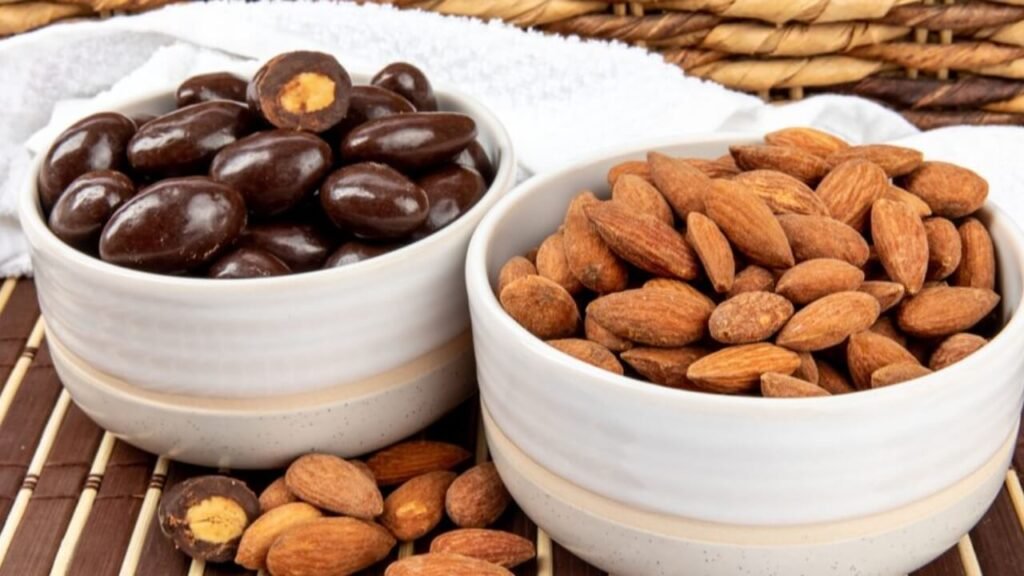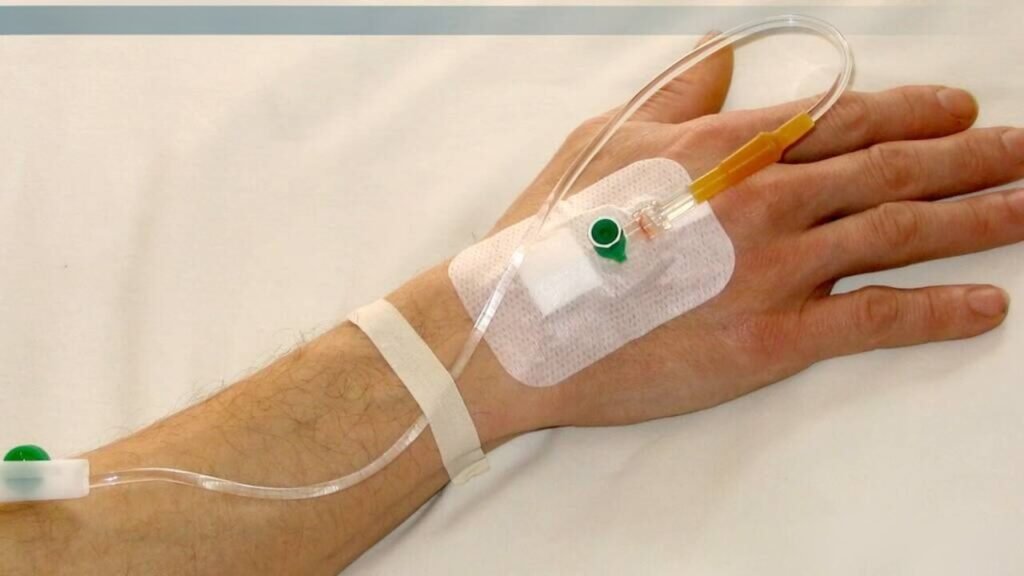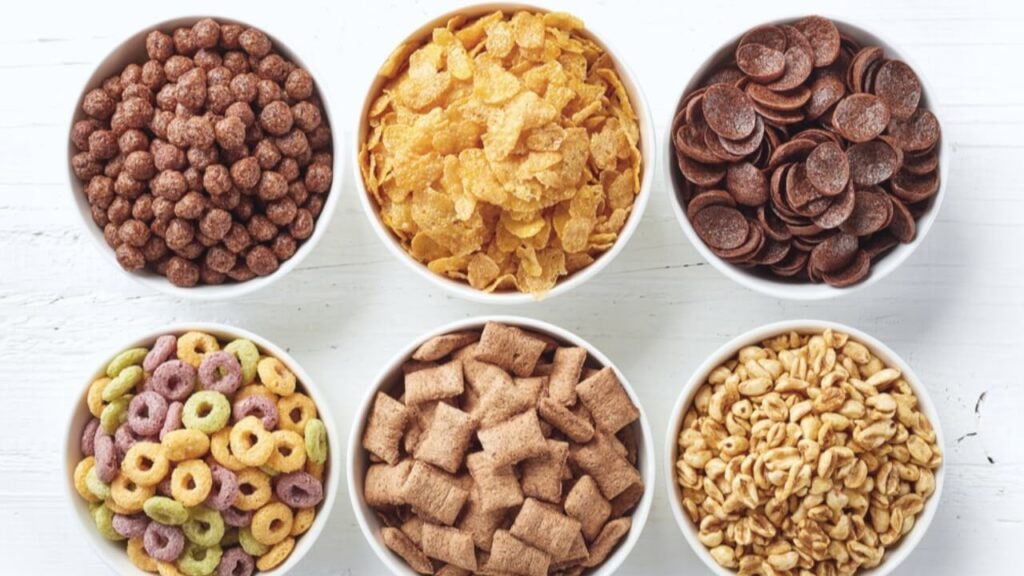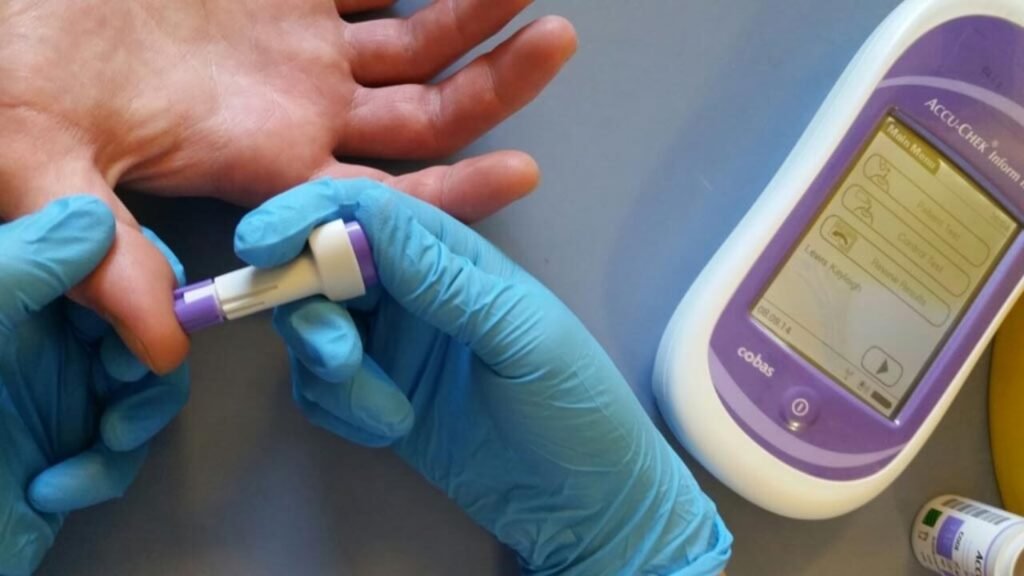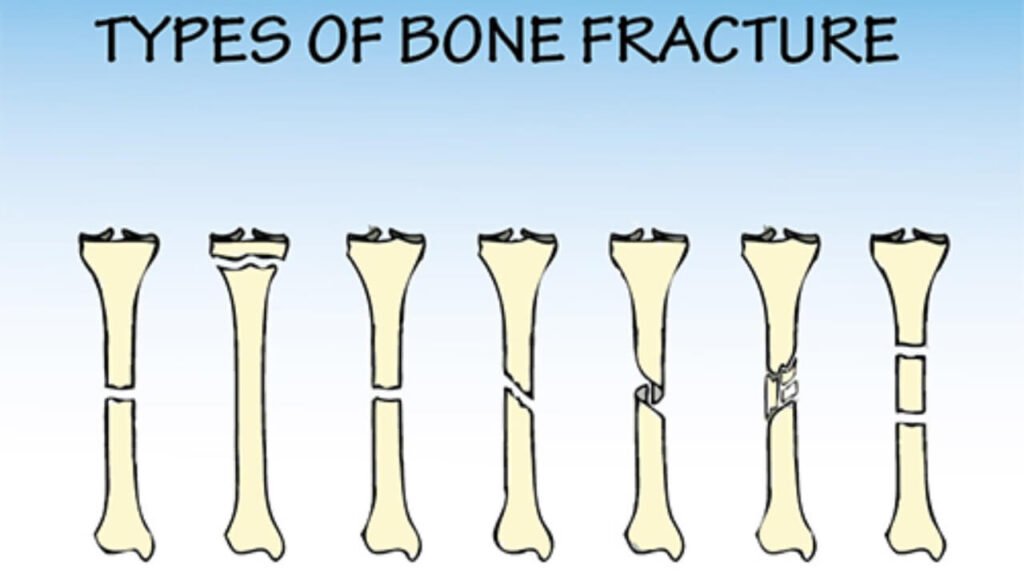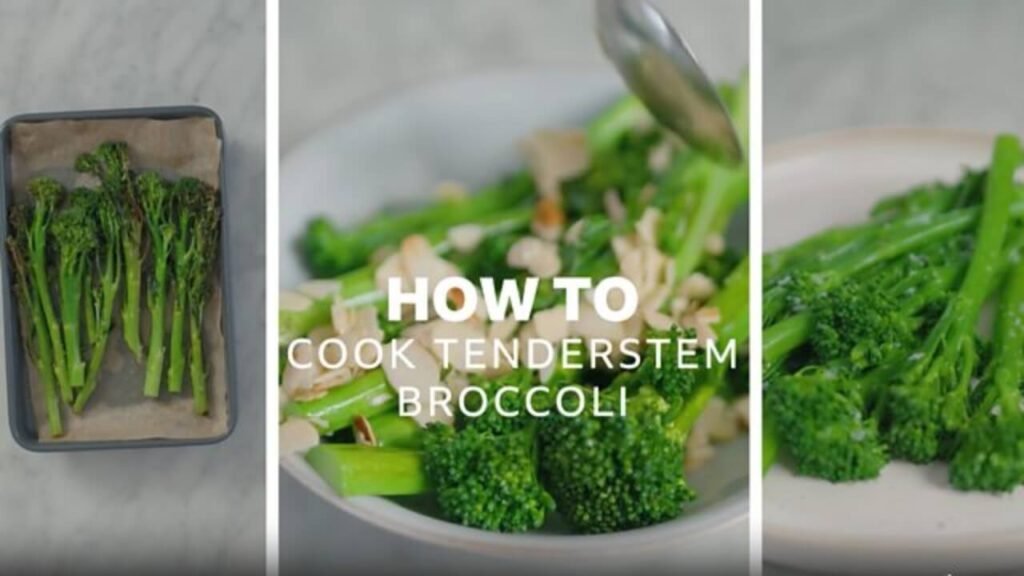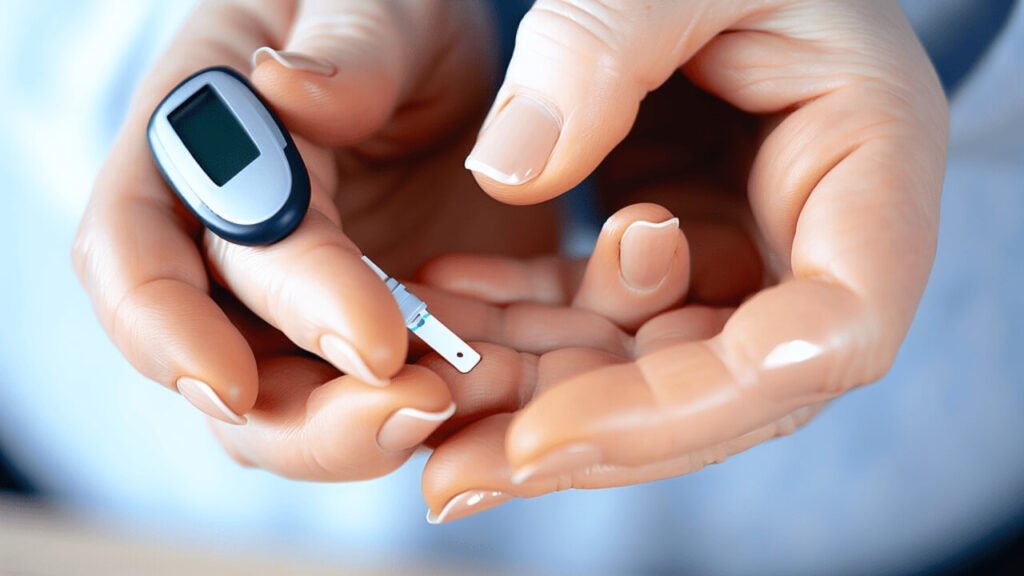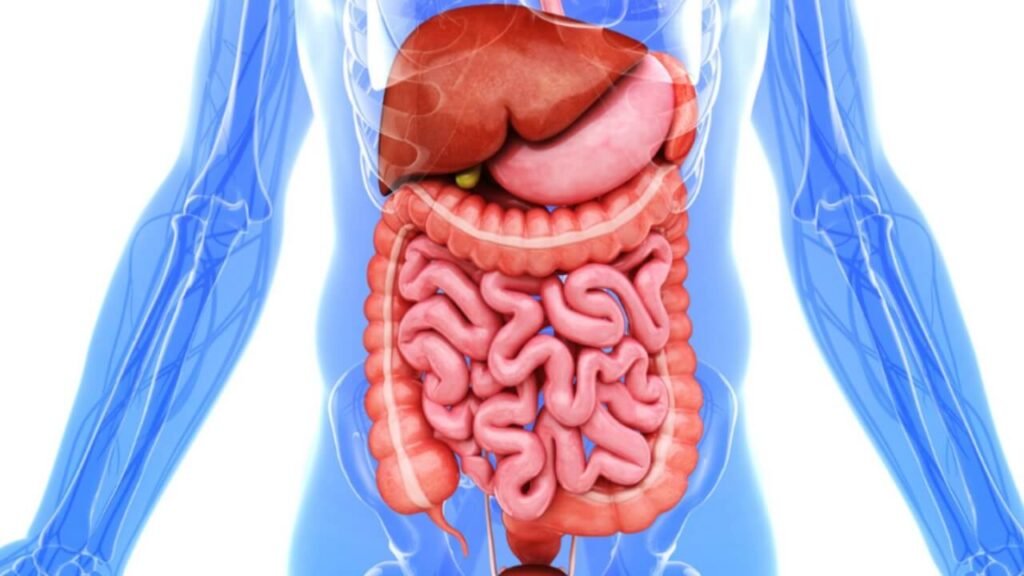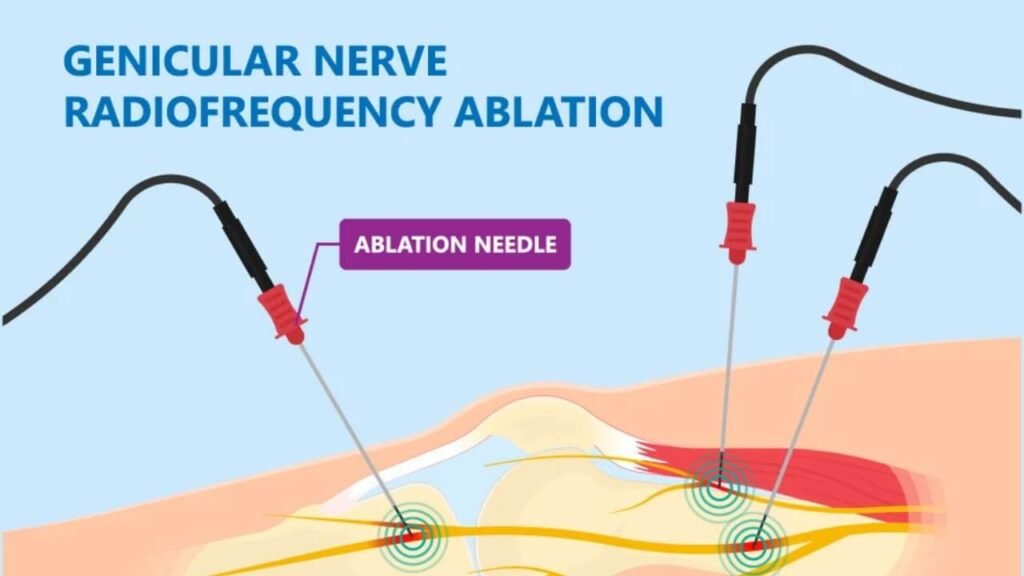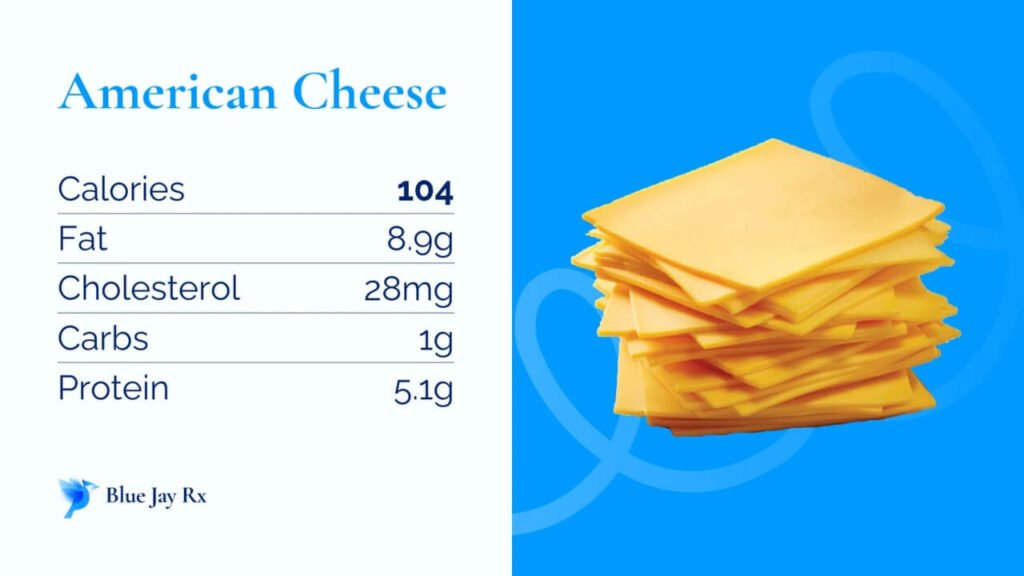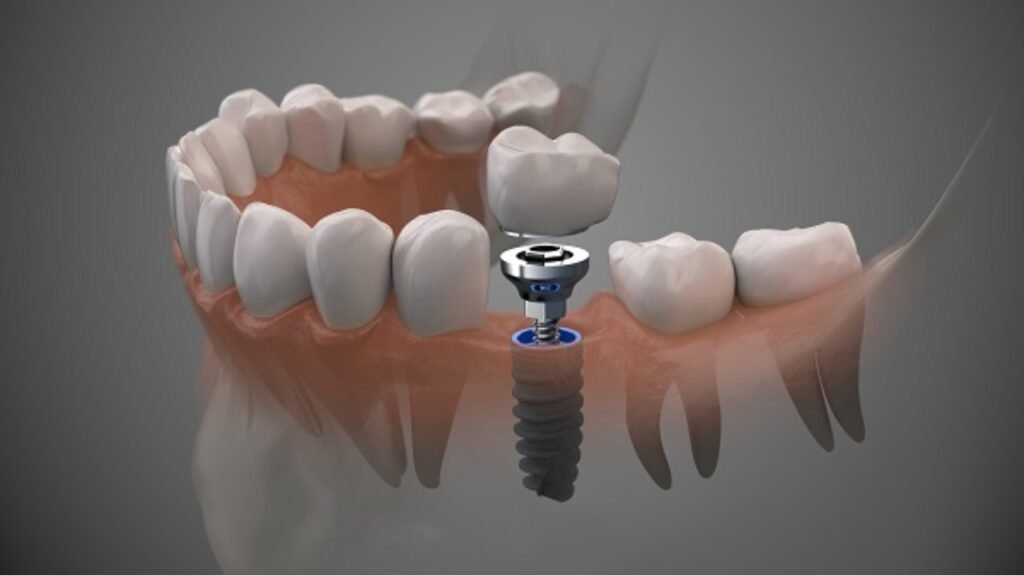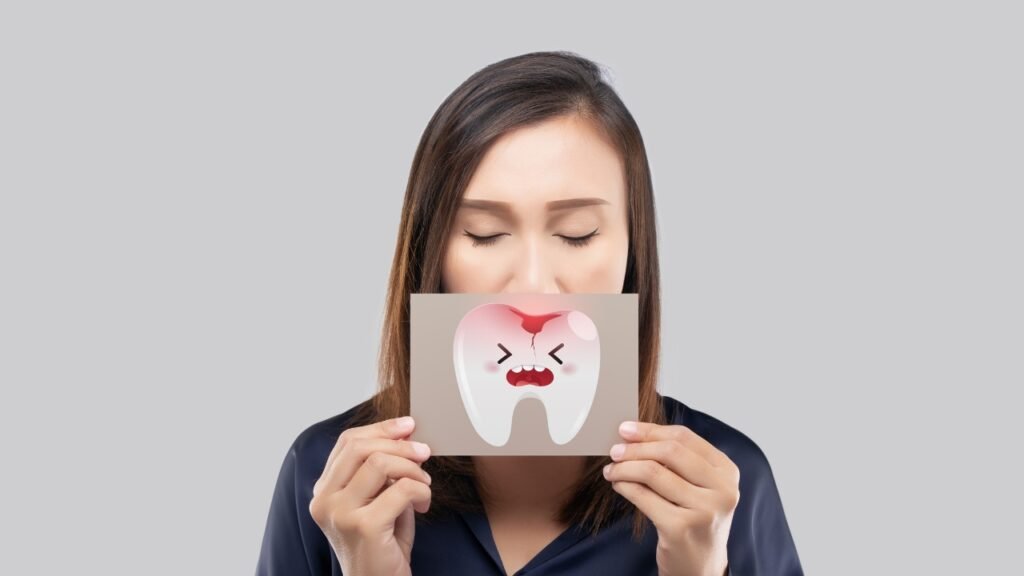Coffee Loophole Diet: Weight Loss Secret?
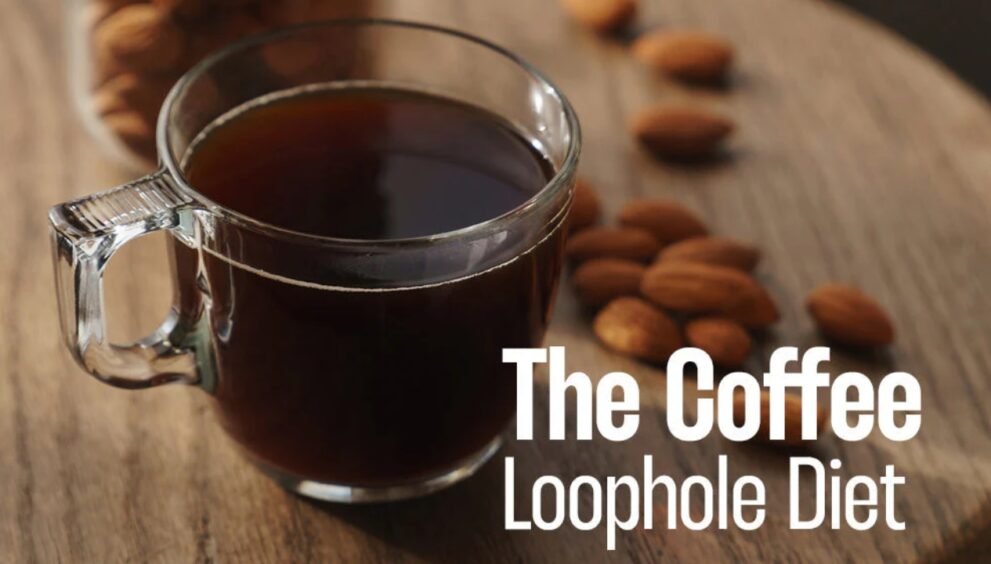
Imagine beginning your day with a steaming cup of coffee, not just for a caffeine boost but as a key player in your weight loss journey. The coffee loophole diet has recently surged in popularity, promising a simple yet effective way to shed pounds by leveraging the metabolic benefits of coffee. This intriguing trend suggests that specific coffee consumption habits can enhance fat-burning and support weight control. Aimed at health-conscious adults seeking practical solutions, this blog dives into the science, myths, and practical applications of the coffee loophole diet, exploring whether it’s a real strategy or just another fleeting fad.
What Is the Coffee Loophole Diet?
The coffee loophole diet revolves around the idea that coffee, when consumed strategically, can amplify weight loss efforts. Unlike traditional diets that demand drastic food restrictions, this approach integrates coffee into daily routines to boost metabolism, suppress appetite, and enhance fat oxidation. The “loophole” refers to timing and preparation methods that purportedly maximize coffee’s thermogenic properties. For instance, drinking black coffee before exercise or combining it with specific ingredients is said to enhance its weight loss effects. However, the concept has sparked debates, with some praising its simplicity and others questioning its long-term efficacy.
Why It’s Popular
The diet’s appeal lies in its accessibility. Coffee is a staple in many households, making this an easy entry point for those hesitant to overhaul their eating habits. Yet, the lack of standardized guidelines raises questions about its legitimacy. Is it grounded in science, or is it merely a clever marketing spin? To answer this, we need to explore the biological mechanisms behind coffee’s role in weight loss.
The Science Behind the Coffee Loophole Diet
Coffee contains caffeine, a natural stimulant known to influence metabolism. Caffeine stimulates the central nervous system, increasing alertness and energy expenditure. Research published on Google Scholar, such as a 2019 study in Scientific Reports, highlights caffeine’s ability to enhance thermogenesis, the process by which the body generates heat and burns calories. This study found that caffeine consumption increased energy expenditure by approximately 10-15% for several hours, supporting the idea that coffee could aid weight loss.
Chlorogenic Acids and Fat Metabolism
Moreover, coffee is rich in chlorogenic acids, antioxidants that may influence glucose metabolism and fat storage. A 2020 review in Nutrients suggests that chlorogenic acids can reduce fat absorption and improve lipid profiles, potentially contributing to weight management. These compounds, combined with caffeine, make coffee a compelling candidate for a weight loss aid. However, the effectiveness depends on factors like dosage, timing, and individual metabolic responses.
Expert Insights
Dr. Jane Smith, a nutritionist and researcher at the University of Health Sciences, notes,
“While coffee can enhance metabolic rate and fat oxidation, it’s not a magic bullet. Its benefits are maximized when paired with a balanced diet and regular exercise.”
This expert perspective underscores the need for a holistic approach, rather than relying solely on coffee.
How to Follow the Coffee Loophole Diet
The coffee loophole diet emphasizes strategic consumption to optimize weight loss. One common recommendation is to drink black coffee 30 minutes before exercise. This timing leverages caffeine’s ability to mobilize fat stores, making them available for energy during workouts. Some variations suggest adding ingredients like cinnamon or coconut oil, believed to stabilize blood sugar or enhance satiety. However, these additions lack robust scientific backing and may not suit everyone’s palate.
Appetite Suppression
Another aspect involves consuming coffee in the morning to curb appetite. Caffeine can temporarily suppress hunger, potentially reducing calorie intake. A 2021 study in Appetite found that participants who consumed caffeine before meals reported lower hunger levels, though the effect diminished over time. Thus, while the coffee loophole diet may offer short-term benefits, its long-term impact requires further exploration.
Avoiding Pitfalls
Importantly, the diet discourages high-calorie coffee drinks laden with sugar and cream. These beverages can counteract weight loss efforts by adding empty calories. Instead, proponents advocate for black coffee or minimal additives to preserve its metabolic benefits. This simplicity makes the diet appealing but also highlights the need for discipline in preparation.
Benefits and Drawbacks of the Coffee Loophole Diet
The coffee loophole diet offers several advantages. First, its integration into daily routines is seamless, requiring minimal lifestyle changes. For busy adults, this practicality is a significant draw. Additionally, coffee’s antioxidant properties may provide health benefits beyond weight loss, such as improved cardiovascular health and reduced inflammation, as noted in a 2018 Journal of Agricultural and Food Chemistry study.
Potential Risks
However, the diet is not without flaws. Over-reliance on coffee can lead to caffeine tolerance, reducing its metabolic effects over time. Excessive consumption may also cause side effects like jitteriness, insomnia, or increased heart rate. Furthermore, the diet lacks comprehensive guidelines, leaving room for misinterpretation. For instance, individuals with certain medical conditions, such as acid reflux or anxiety disorders, may need to limit caffeine intake.
Sustainability Concerns
Another concern is the diet’s sustainability. While coffee can support weight loss, it doesn’t address nutritional deficiencies or promote balanced eating habits. Without a focus on whole foods, exercise, and lifestyle changes, results may be short-lived. Therefore, the coffee loophole diet is best viewed as a supplementary tool rather than a standalone solution.
Practical Tips for Success
For those intrigued by the coffee loophole diet, practical application is key. Start by choosing high-quality coffee, preferably organic, to maximize antioxidant content. Brew it black or with minimal additives to avoid unnecessary calories. Timing is crucial—consume coffee 20-30 minutes before exercise to capitalize on its fat-burning potential. However, avoid drinking coffee late in the day to prevent sleep disruptions.
Balancing with Lifestyle
Moderation is essential. Limit intake to 2-3 cups daily, as excessive caffeine can lead to adverse effects. Pair the diet with a balanced meal plan rich in vegetables, lean proteins, and healthy fats to ensure nutritional adequacy. Regular physical activity, such as cardio or strength training, can amplify the diet’s effects by boosting overall metabolism.
Consulting Professionals
Consulting a healthcare professional is advisable, especially for those with pre-existing conditions. Personalizing the approach based on individual needs and responses ensures safety and effectiveness. By integrating these strategies, the coffee loophole diet can become a practical component of a broader weight loss plan.
Debunking Myths About the Coffee Loophole Diet
The coffee loophole diet has sparked its share of myths. One common misconception is that coffee alone can lead to significant weight loss. While it can enhance metabolism, sustainable weight loss requires a calorie deficit achieved through diet and exercise. Another myth is that all coffee preparations are equal. Sugary lattes or frappuccinos can sabotage efforts, as they often contain more calories than a small meal.
Myth: Additives Are Superfoods
Additionally, some believe that adding trendy ingredients like butter or MCT oil transforms coffee into a superfood. While these additions may increase satiety, their weight loss benefits are not well-supported by research. A 2022 study in Frontiers in Nutrition found no significant fat loss from bulletproof coffee compared to regular black coffee. Thus, sticking to evidence-based practices is crucial.
The Role of Lifestyle in Weight Loss
The coffee loophole diet, while promising, is only one piece of the weight loss puzzle. A holistic lifestyle approach is vital for lasting results. Regular exercise, such as 150 minutes of moderate aerobic activity weekly, enhances calorie burn and supports overall health. Sleep, often overlooked, plays a critical role—poor sleep can disrupt hunger hormones, increasing appetite, as noted in a 2020 Sleep journal study.
Stress and Mindfulness
Mindful eating practices, like portion control and reducing processed foods, complement the diet’s effects. Stress management is equally important, as chronic stress can lead to emotional eating. By addressing these factors, individuals can create a sustainable framework for weight management, with coffee serving as a helpful ally.
Conclusion: Is the Coffee Loophole Diet Worth Trying?
The coffee loophole diet offers an intriguing approach to weight loss, blending science with simplicity. Its reliance on coffee’s metabolic and appetite-suppressing properties makes it an accessible option for those seeking a low-effort strategy. However, its benefits are contingent on moderation, proper timing, and integration with a balanced lifestyle. While research supports coffee’s role in boosting metabolism and fat oxidation, it’s not a cure-all. Sustainable weight loss demands a multifaceted approach, including healthy eating, exercise, and adequate rest.
For health-conscious adults, the coffee loophole diet can be a valuable tool when used thoughtfully. By separating fact from hype and consulting professionals, individuals can harness coffee’s potential without falling prey to exaggerated claims. Ultimately, the diet’s success lies in its ability to complement, rather than replace, a comprehensive weight loss plan. So, brew a cup, savor the aroma, and embark on your journey with informed optimism.





